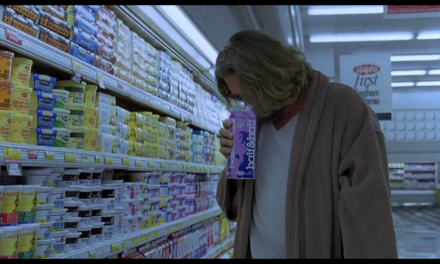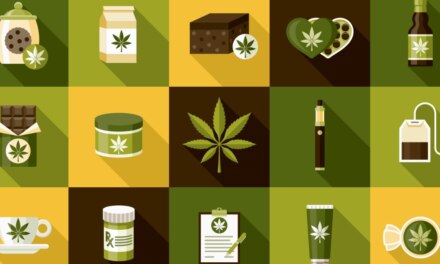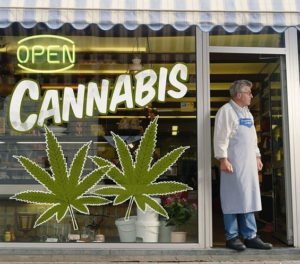That’s the headline on a recent Medscape article covering a survey of addiction specialists, including psychiatrists. I’m assuming the respondents are mostly MDs. The survey findings were introduced at the annual meeting of the American Academy of Addiction Psychiatry (AAAP).
The researchers seem as surprised by the finding as I was. I had no idea support would be that high. But then I realized that support was conditional — the use of psychedelics must be restricted to a controlled therapeutic setting, presumably supervised by a qualified clinician.
Ah. There’s the rub.
I know former patients who swear by their own experiences with psychedelic drugs, when used in a therapeutic context. I have no reason to disbelieve them. My skepticism concerns the ability of practitioners to contain the use of psychedelics to that all-important controlled therapeutic setting. The drugs do have a history of escaping those boundaries.
And before you know it, society has yet another drug problem on its hands.
Much of the research into psychedelic drug use emphasizes the importance of set and setting, a concept introduced by Timothy Leary himself. The set — you might think of it as the ‘mindset’ the user brings to the experience, meaning personality traits, attitudes, beliefs,mood, and mental status — appears to be extremely important. The setting — the place, conditions, environs, etc. in which the ‘trip’ occurs – also helps determine the quality of the experience itself. Does the subject feel safe? Is the setting free from distraction? Is there appropriate clinical support?
A psychiatrist’s office would be an example. A ‘rave’ would not. And yet people use psychedelics frequently in just that kind of chaotic environment.
Early researchers knew that in the wrong hands, events could go very wrong, very quickly. Unfortunately, that doesn’t get much play in popular media accounts that now appear on a regular basis. Here’s an example, from The Guardian.
New wave of research puts hallucinogenics forward to treat mental health
The tone of the article feels naive to me, given the experience we’ve already had with hallucinogens. Of course, the ones we dealt with were made by outlaw chemists, and sold indiscriminately to anybody with a few bucks in their pocket. I’ve been there and done that. Looking back, I hate to think what I might have consumed in my ignorance. We relied mostly on the word of whoever was offering to sell it to us.
My favorite example, from a real-life patient: “Aw, the guy says he works in a lab, man. He’s a professional.” What, me worry?
I’m sure many of the clinicians who support psychedelics are also concerned about the industry that is growing up around it. Look what’s already happening with ketamine – not technically a hallucinogen, but it can certainly produce hallucinatory experiences. Here’s something we did not long ago on the topic.
On the one hand, most people agree that someone in pain — such the individual featured in The Guardian piece — should be able to accept help in whatever form it takes. Our obligation is simply to make sure that help is both safe and effective. Confirmation of that comes from well-designed scientific research and ongoing monitoring and supervision. But once people begin using the drug outside of those parameters, it can result in problems, some of them quite severe. Toxic and drug-induced psychosis is one possible outcome.
And there’s already a strong demand to legalize psychedelic drugs. I hope that doesn’t mean more inexperienced practitioners looking to make a buck in the hot new market for psychedelic drugs in therapy? That market is already exploding. From an industry newsletter:
Psychedelic Drugs Market Size Is Projected To Reach $10.75 Billion By 2027
So my question is: How do we avoid, this time around, the sort of problems we’ve encountered in the past? With misuse and abuse? I have yet to come across a satisfying answer to that question.













